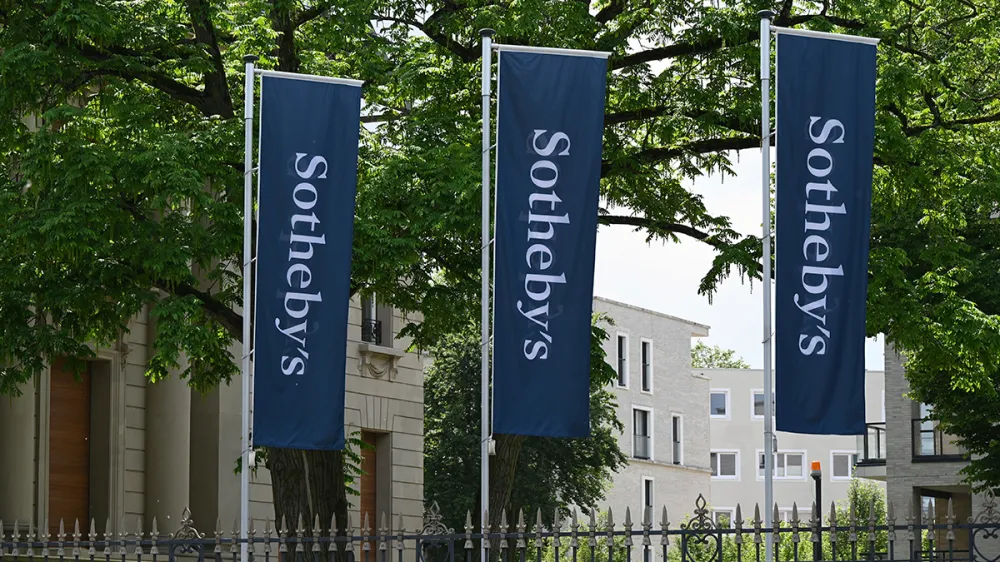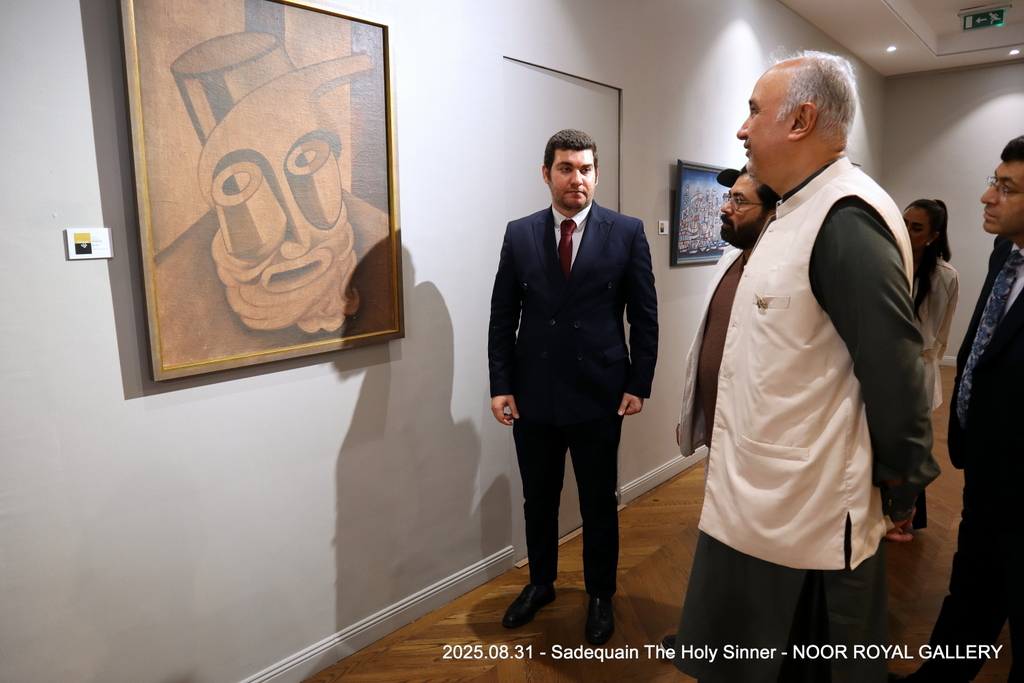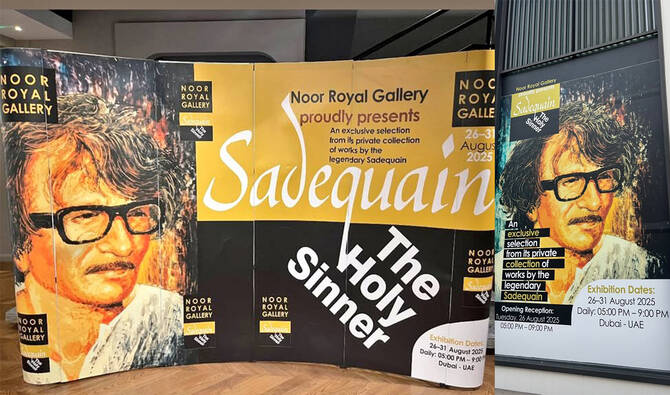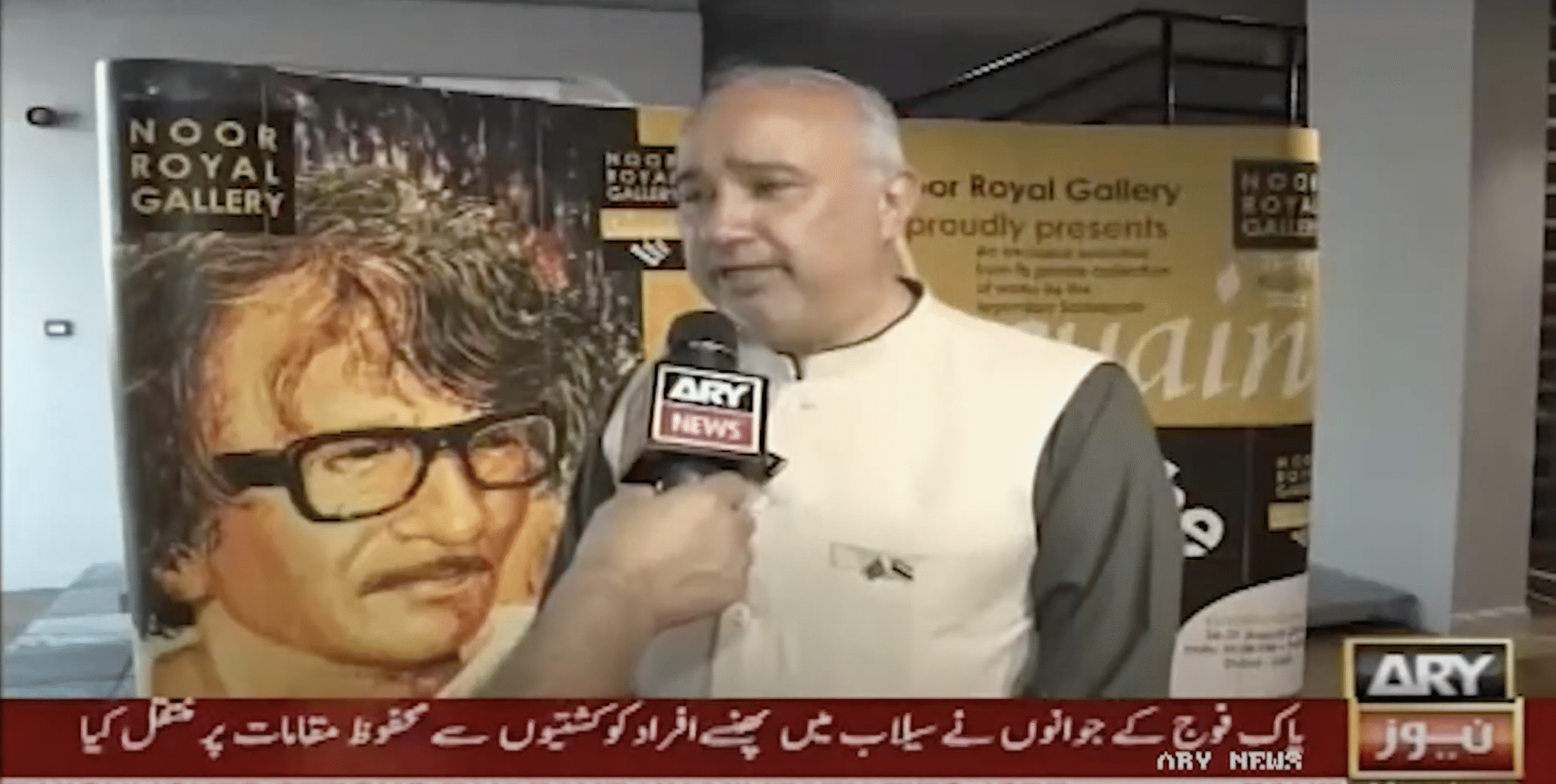These days, passersby in New York are confronted with an unusual sight: a caravan of U-Haul trucks with their doors wide open, each displaying works of art inside. This curious—though not entirely unprecedented—scene is part of a new phenomenon in the world of art exhibitions: the U-Haul Gallery, a mobile project that is increasingly drawing the attention of artists, curators, and contemporary art audiences.
The initial idea for the gallery dates back to May 2024, when James Sundquist and Jack Chase, working with limited funds and responding to the challenges of showing work in New York, decided to create an alternative to the traditional gallery format. Rental trucks—available from $19.99 a day—were quickly transformed into temporary exhibition spaces. They are not only mobile and affordable but also serve as an indirect critique of the entrenched structures of the city’s art scene.
Inside each truck, white walls with protective wooden rails are installed, and lighting is powered by the vehicle’s dashboard electricity. Outside, a handmade plywood sign painted with the gallery’s logo spins in the wind. These simple details give the space a deliberate and purposeful character, suggesting that art doesn’t necessarily need polished white cubes to be seen.

What sets the U-Haul Gallery apart from similar projects, however, is not just its format but also the types of projects it embraces. The gallery focuses on works often overlooked by established institutions. Last fall, it hosted a pop-up performance titled Stolen Goods by artist Victoria Gill. For this event, Gill—together with Chase and Sundquist—staged a fictional heist scenario in which dubious objects, including a bundle of black combs, were presented as evidence. Some of these items had been carried over from a previous iteration of the project in London, and the public was invited via Instagram to attend.
At a time when the contemporary art market is grappling with stagnation, dealer commissions are shrinking, and New York rents continue to soar, this model appears not only logical but also necessary. For this reason, U-Haul is preparing an art fair from September 5–7, to coincide with the Armory Show, held in the Chelsea neighborhood. The event will feature 10 participants—from small galleries to independent curators—exhibiting works directly from inside the trucks.
Amid a wave of retirements among veteran dealers and fundamental shifts in the ways art is presented and sold, projects like U-Haul reflect deeper transformations in the structure of contemporary art. A transformation that, perhaps more than being about form, asks a larger question: Where is the gallery today, and who is its audience?









